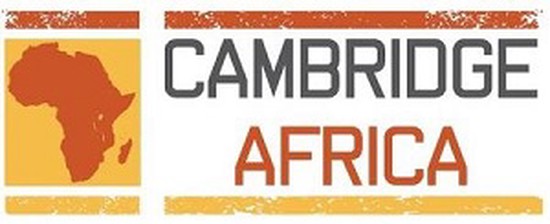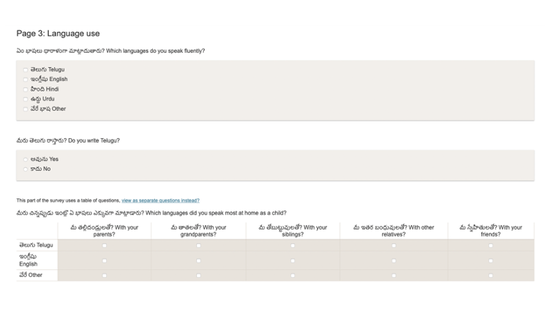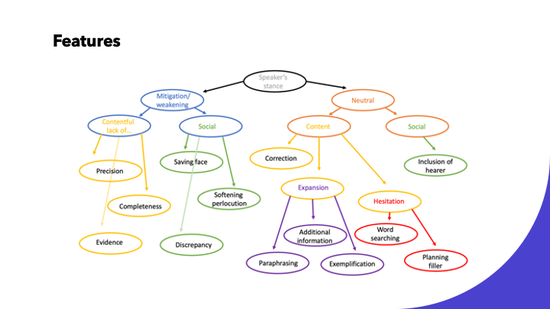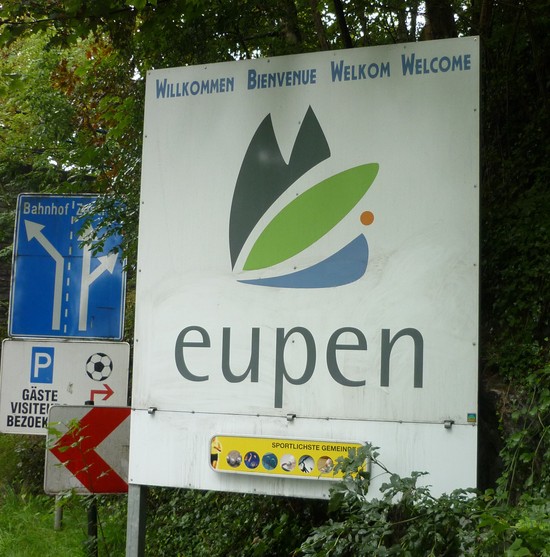Hannah Davidson
Junior Research Fellow in Linguistics and Associate Lecturer in German
University of Cambridge/Open University
Biography
I am a Junior Research Fellow in Linguistics at Newnham College, Cambridge and an Associate Lecturer in German at the Open University. I was previously a tutor, lecturer, postdoc researcher and outreach officer in Linguistics at the University of Oxford and a postdoc at the University of Reading on the ‘Progression in Primary Languages’ project. I am interested in multilingualism and discourse markers in Mauritian Creole-speaking and Telugu-speaking communities. For my PhD I studied the development of Mauritian Creole’s tense, mood and aspect (TMA) system.
Interests
- Multilingualism
- Creole languages
- Language change
- Grammaticalization
- Linguistic Landscapes
- Languages in Education
- Language Teaching
- Outreach
- EFL
Education
-
D.Phil in Comparative Philology and General Linguistics (Mauritian Creole), 2021
University of Oxford
-
M.Phil in General Linguistics and Comparative Philology, 2018
University of Oxford
-
M.A in European Linguistics (French, Norwegian, Linguistics), 2015
University of Freiburg, Germany
-
B.A in Language Learning (French, German, Linguistics), 2012
University of Southampton












